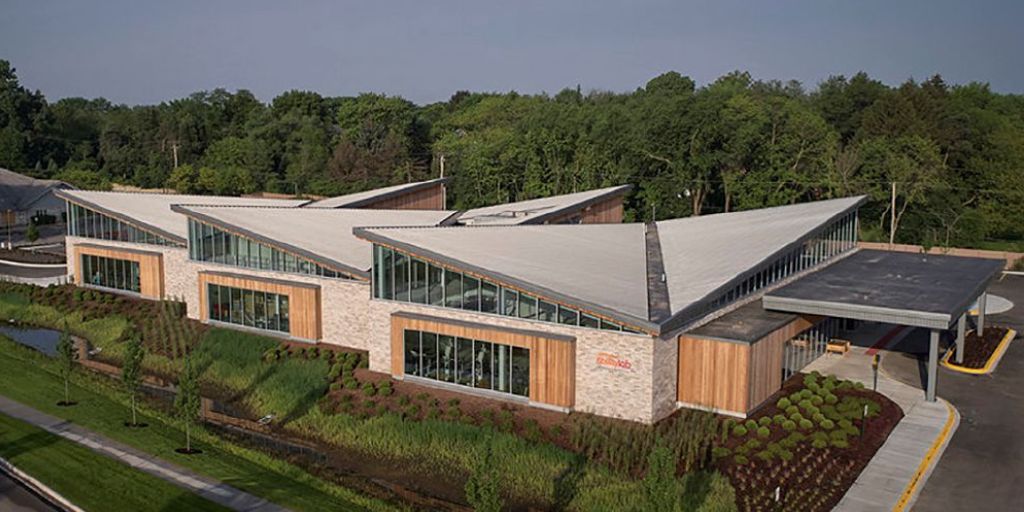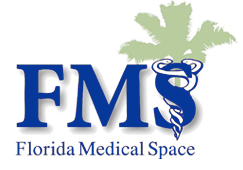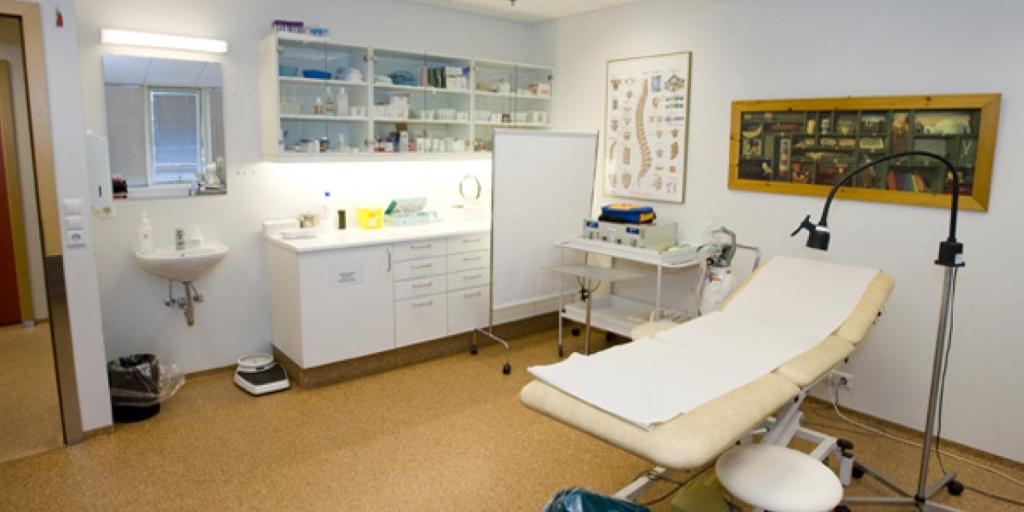
The hospital’s monopoly on healthcare is coming to an end. These large institutions aren’t going anywhere, of course, but every year, more and more people receive treatment in medical office buildings (MOBs), retail centers and other off-campus facilities. And real estate investors have taken notice.
The drivers for this shift to off-campus healthcare are numerous. Mergers among health providers have changed how physicians interact with patients, as have emerging technologies that make it easier and cheaper to decentralize medicine.
But the biggest stimulus is access. For all its complexity, healthcare is still a consumer-facing business, and the consumers want convenience. This is why medical providers seek to place offices in neighborhoods and suburban areas, closer to where people live and where they work.
“What our hospital CEOs are telling us is that there is a general move away from inpatient toward outpatient care, not just for financial reasons, but also for the convenience of the patient,” said John Abuja, senior director at Marcus & Millichap.
New, single-tenant MOBs remain attractive to both private and institutional buyers, according to a recent Marcus & Millichap report. If a property has the backing of major medical providers or hospital systems, leases trade at a premium, with first-year returns in the high-5 to low-6 percent range on average.
Developing a medical office asset off-campus can lead to higher rents as the high-quality submarkets where service providers want to set up shop have higher underlying base rents in general. Also, there is a trend toward more opulent build-outs that the end users seem to desire.
“The rise in rent can in part be attributed to the additional cost and sophistication and demand now for higher levels of service and patient comfort,” said Abuja. “Some of these facilities have wider hallways, larger exam rooms and really they have Class A finishes. Ironically, a lot of that is being driven now by the patient, more so than even the physician.”
Though MOBs are attractive to investors and are therefore under development at a rapid pace, there are opportunities in retail locations as well. The types of medical uses that a community shopping center or even a power center can support create some limitations, but there are prospects for suitable location/use matchups.
“Retail locations are going to find it very difficult to attract certain healthcare tenants because of the need for backup generators or surgical suite amenities,” Abuja said. “That said, there are a lot of non-invasive, MRI imaging and other tenants that are a great fit for a storefront location.”
However, locating a medical use in a retail environment will put the property into competition with other asset classes. The premier locations where they want to be are also where everyone else wants to be—a situation that can lead to higher development costs.
“If a developer is building into a retail center where they are in competition with other retail rents, then the cost of being there is higher because they’re competing with other retail tenants for the same location,” Abuja said. “Some of the retail rents, especially restaurants, far exceed what you typically pay on an office space.”
According to Abuja, while a $65 per square foot buildout cost years ago was relatively standard, now it could be upwards of $150 per square foot to redevelop a retail location for a medical office use. However, if and when the fit is right, getting closer to the end user can justify these additional costs.
Erected in the mid-1970s and with a gross leasable area of more than 164,000 square feet, The Oak Mill Mall in Niles, Illinois was always a hybrid. It’s anchored by a Jewel-Osco grocery store and has the look of a large strip mall from the outside, though it actually has everything that a ‘70s-era mall would have: two levels, storefronts within an enclosed space and even an indoor water fountain.
As retail tenants began to move out, however, the property rebranded as “Oak Mill Plaza” and began targeting healthcare providers. Now, approximately half of the retail tenants are medical purveyors of one stripe or another, including pediatrics, oncology, dentistry and a travel clinic.
This location is a deviation from the norm, however. Most retail centers max out at one or two healthcare tenants, typically in an outlot location. And for the financial backers, the real money is in MOBs.
There are strong consumer forces pulling medical office properties away from institutional campuses and out to Main Street. However, there are strong forces keeping MOBs in orbit around a hospital as well.
“There is comfort to investors knowing that they are on or near a hospital campus where supply characteristics are insured. If I had to make a choice between an on-campus or an off-campus building, I would still rather be on campus or tangent to campus just because the doctors are already there,” Abuja said. “It’s not ‘build it and they will come.’ They’re already there. That’s why most investors, if they could choose, would still rather be on campus or near campus with an MOB.”
According to the Marcus & Millichap report, many physicians are bringing buildings to market in order to cash in on increased equity; properties tenanted by a private physician typically trade 100 basis points above those leased by major medical groups.
Sale-leaseback opportunities with private physician groups often require personal guarantees of leases, so investors should be mindful of lease terms as many buyers prefer to have major hospital system or healthcare group backing as they lead to longer lease guarantees.
As investors seek stabilized, multi-tenant medical office properties in primary and secondary markets, the yield spreads between on-campus and off-campus assets have compressed. In today’s market, private investors and institutions alike expect similar returns regardless of an assets’ proximity to an established hospital.
Source: RE Journals




